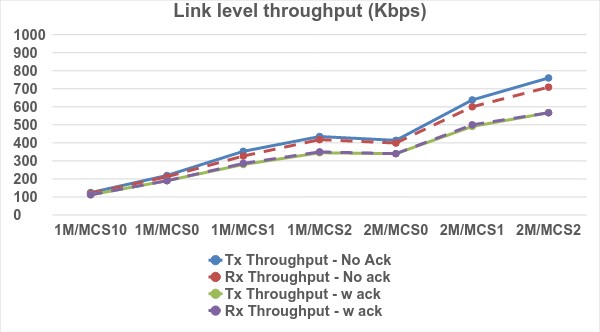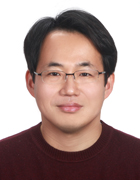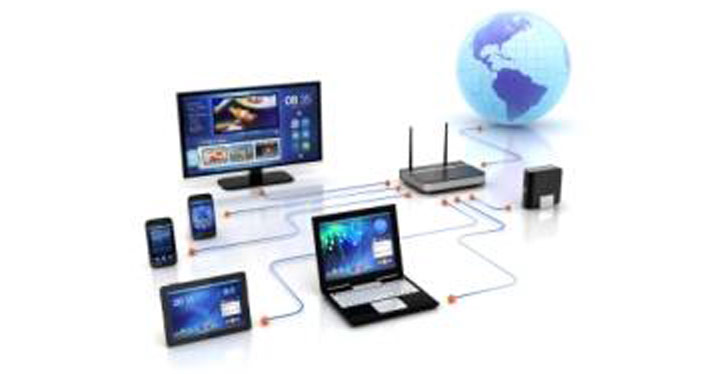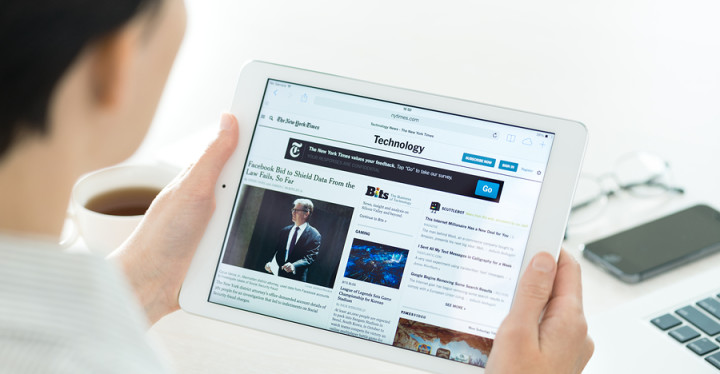The IEEE 802.11ah Task Group (TG) is developing a standard specification for targeting the Internet of Things (IoT) and extended range (ER) applications. The TG started the standardization activity in November 2010, and is currently in the last phase of the IEEE ballot procedure. The publication of the IEEE 802.11ah amendment is expected at the end of 2016.
The IoT is the next major growth area for the wireless industry, with applications including home and industrial automation, asset tracking, healthcare, energy management, and wearable devices.
Unfortunately, the market is fragmented with multiple non-interoperable technologies, some with coverage issues, some with non-user-friendly network configuration and deployment issues, and some with scalability issues. 802.11ah addresses these deficiencies with an optimized design which operates in the sub 1 GHz spectrum that is available worldwide for the IoT use case. The 802.11ah use cases shown on Fig. 1 cover a variety of indoor and outdoor IoT applications [1].

Fig. 1. 802.11ah use cases.
The 802.11ah amendment defines a narrow-band orthogonal frequency division multiplexing (OFDM) physical layer (PHY), i.e., 1/2/4/8/16MHz, operating in the license-exempt bands below 1 GHz that enable an extended range WLAN (wireless local area network) with significantly lower propagation loss through free space and walls/obstructions, augmenting the heavily congested 2.4 GHz band and the shorter-range 5 GHz bands used today. Fig. 2 shows two categories of the 802.11ah bandwidth modes. The 1/2MHz bandwidths are mandatory modes of all 802.11ah STAs (stations) and will be used as globally interoperable modes for sensor networking. However, the 4/8/16MHz bandwidths are optional modes and will be used for an ER application requiring higher data rates.

Fig. 2. 802.11ah bandwidth modes.
802.11ah has enabled multiple low-rate modes (starting from 150 Kbps) and higher-rate modes (up to 346 Mbps for 4 spatial streams). Low rate modes, suitable for IoT applications, provide whole-home coverage for battery operated, small-form-factor devices such as temperature and moisture sensors. Higher-rate modes, suitable for ER applications, support plug-in devices with a power amplifier, such as video security cameras. Users can now deploy 11ah sensors in attics, backyards, basements, and garages, and have them directly connect to a single 11ah access point (AP). Table 1 summarizes the characteristics of the 802.11ah amendment for IoT applications.
Table 1. Characteristic of 802.11ah.
| Frequency Band | License-exempt bands below 1 GHz, excluding the TV white spaces – Example: 863-868.6 MHz (Europe), 915.9 -928.1 MHz (Japan), 755-787 MHz (China), 917- 923.5 MHz (Korea), 866-869 MHz, 920-925 MHz (Singapore), and 902-928 MHz (U.S.) |
| Channel Width | 1/2/4/8/16 MHz |
| Range | Up to 1Km (outdoor) |
| End Node Transmit Power | Dependent on regional regulations (from 1 mW to 1 W) |
| Packet Size | Up to 7,991 bytes (without aggregation) up to 65,535 bytes (with aggregation) |
| Uplink Data Rate | 150 Kbps ~ 346.666 Mbps |
| Downlink Data Rate | 150 Kbps ~ 346.666 Mbps |
| Devices per Access Point | 8,191 |
| Governing Body | IEEE 802.11 working group |
| Status | Targeting 2016 release of standard |
| End node roaming allowed | Allowed by other IEEE 802.11 amendments (e.g., IEEE 802.11r) |
| Topology | Star, Tree |
The 11ah MAC layer is optimized for long battery life and a large number of STAs with the following features:
- Scalability up to 8,191 devices per AP: Restricted access window (RAW) operation and hierarchical traffic indication map (TIM) structure,
- Efficient frames and transmissions: Short frame format, short control/management frames, asymmetric and bi-directional transmissions,
- Reducing power consumption: Non-TIM operation, target wake time (TWT) mechanism, extended sleeping and listen interval,
- Relay operation: Tree-based multi-hop network.

Fig. 3. 802.11ah medium access control (MAC) architecture.
Fig. 3 shows 802.11ah MAC architecture. The RAW and the TWT have been introduced in 802.11ah as a key channel access procedure for enabling an IoT application in a wireless LAN.
For an outdoor smart grid network, the number of STAs can number in the thousands. Many STAs at the edge of the coverage area could be hidden to each other for uplink transmissions. Restricting uplink channel access to a small number of STAs and spreading their uplink access attempts over a period of time might improve the medium’s efficiency by reducing collisions.
A basic concept of RAW and TWT is to spread out the uplink transmissions over a long period of time.
802.11 carrier sense multiple access (CSMA) mode can be regarded as the P-persistence CSMA mode. When a STA is ready to transmit a frame, it senses a wireless medium for idle or busy. If the wireless medium is idle, then it transmits a frame with probability p. However, in the RAW operation of 802.11ah, when the wireless medium goes idle, a STA waits for its time slot in accordance with its assigned transmission schedule.
Also, TWT allows STAs to manage activity in the basic service set (BSS) by scheduling STAs to operate at different times in order to minimize contention and to reduce the required amount of time that a STA using a power management mode needs to be awake.
Fig. 4 shows the 802.11ah link-level performance with an AP and a STA implemented with a real silicon chip [2]. This experiment data was measured in an outdoor non-line-of-sight (NLOS) environment for a point-to-point link of 1Km distance. For modeling the IoT application, a packet length of 100 bytes and a transmit power of 25dBm at the antenna connector were used. Through this result, it is verified that 802.11ah STA can have a reliable communication up to 1Km.

Fig. 4. 802.11ah link level performance.
For ER applications, 802.11ah provides whole-home coverage for voice and video-call applications. Users don’t have to deal with dropped calls due to handoffs with multiple APs in a home or to a wireless WAN (wide-area network), and also benefit from improved voice quality. 802.11ah scheduled access and low-rate modes also enable significantly lower power consumption. Finally, the coexistence between these varieties of devices targeting IoT and ER applications has also been considered as an integral part of the IEEE 802.11ah design.
At the beginning of 2016, the Wi-Fi Alliance announced a new low-power Wi-Fi solution which is known as the Wi-Fi HaLow™[3]. Wi-Fi HaLoW™ is based on IEEE 802.11ah technology. Through Wi-Fi HaLoW™, the Wi-Fi Alliance enables a variety of new power-efficient use cases in the Smart Home, connected car, and digital healthcare, as well as industrial, retail, agriculture, and Smart City environments.
References
[1] de Vegt, R. “Potential compromise for 802.11ah use case document,” IEEE 802.11-11/0457r0, Mar. 2011. [2] [Online]. Available: http://www.newracom.com/news/single.php?news_id=26 [3] [Online]. Available: http://www.wi-fi.org/discover-wi-fi/wi-fi-halow [4] IEEE 802.11ah/D8.0, Draft for Information Technology-Telecommunications and Information Exchange between Systems-Local and Metropolitan Area Networks-Specific Requirements-Part 11: Wireless LAN Medium Access Control (MAC) and Physical Layer (PHY) Specifications-Amendment 2: Sub 1 GHz License Exempt Operation.
 Yongho Seok
Yongho Seok
yongho.seok@gmail.com
Yongho Seok received the B.S. in computer engineering from Handong University and the M.S. and Ph.D. in computer engineering from Seoul National University, in 2000, 2002, and 2005, respectively. From Oct. 2005 to Sep. 2006, he was a post-doctoral researcher with the PLANETE group, Inria, France. From Nov. 2006 to June 2014, he served as a delegate of LG Electronics for the IEEE 802.11 standardization meeting. During that period, he actively worked in TGac (very high throughput below 6GHz), TGaf (TV white space operation), and TGz (tunneled direct link setup), and received IEEE 802.11ac, IEEE 802.11af, and IEEE 802.11z outstanding contribution awards from IEEE-SA. Currently, he is serving as a MAC delegate for Newracom Inc. for the IEEE 802.11 standardization meeting. In TGax (high efficiency WLAN), he is actively leading the technical development for high-efficient MAC/PHY protocol design in a dense environment and researching the next generation Wi-Fi technology for various Wi-Fi applications (e.g., Wi-Fi aware and Wi-Fi positioning). Also in TGah (sub 1GHz), he serves as a task group chair and is contributing to a commercialization of Wi-Fi IoT (Internet of things).




